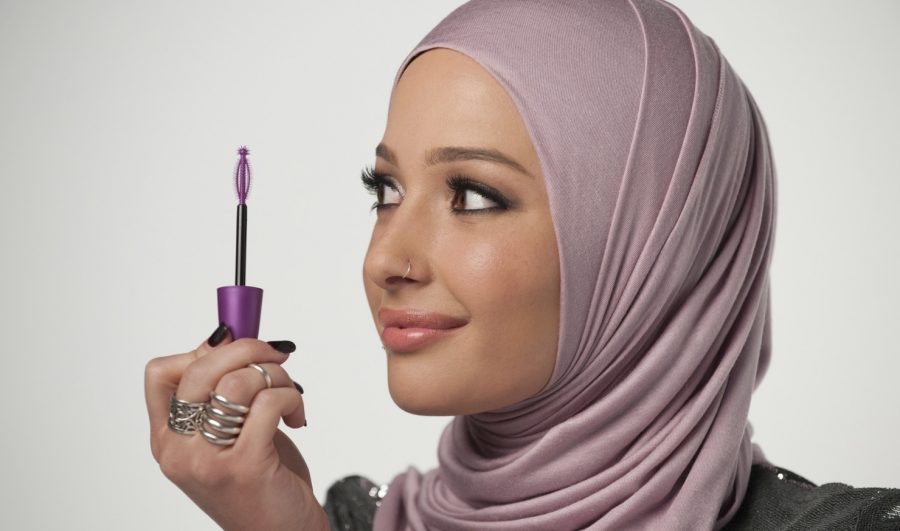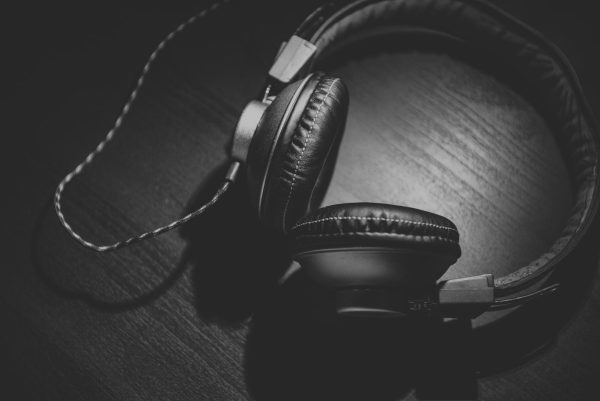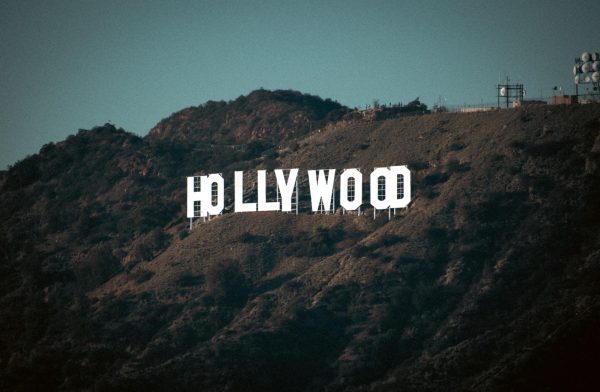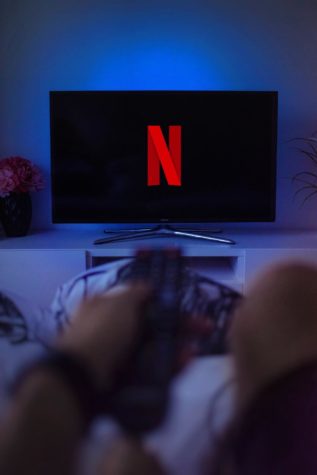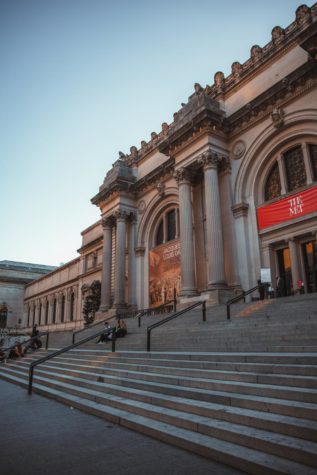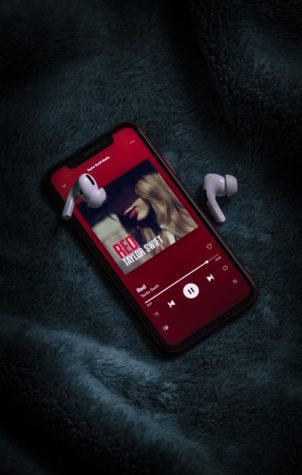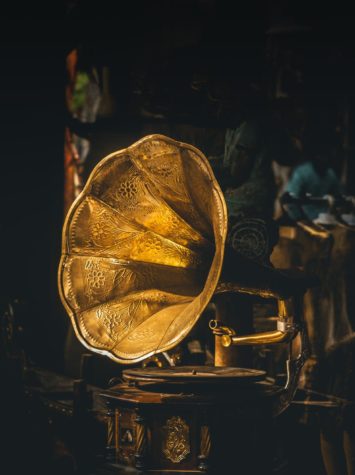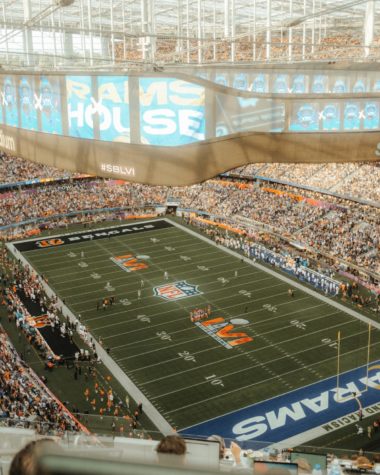Covergirl Penetrates Religious Barriers
December 20, 2016
Only weeks after Covergirl had broken down gender barriers by featuring James Charles, the first male face representing the cosmetics brand, the company yet again made headlines by unveiling its latest ambassador this November. Promoting Covergirl’s latest mascara launch was none other than a hijab-wearing woman named Nura Afia.
Afia first became popular through her YouTube channel, gaining over 200,000 subscribers who were eager to watch tutorials ranging from “date-night makeup” to “berry lips.” When Covergirl reached out to her in early October about starring in an advertisement for the beauty firm, Afia saw the offer as a huge milestone for the Muslim community. When asked about her feelings on being a part of Covergirl’s new campaign, she explained, “I never thought I would see Muslim women represented on such a large scale. It means the world to me and I’m so honored to be a part of this campaign…” Covergirl, a company well known for its advocacy of all-inclusive beauty, put Afia alongside two black women, an Asian-American woman and Latin-American actress Sofia Vergara who is best known for her appearance in the television show “Modern Family.” Together, these women work to promote diversity through the company’s “So Lashy” mascara designed for any and all lash types.
Even with her own new Covergirl commercial and a billboard in New York City’s Time Square dedicated to bringing traditional Islamic beauty out in the open, Afia revealed, “I grew up feeling like the hijab would hold me back.” In this aspect, Afia does not stand alone. Following the 9/11 attacks, Muslim Americans have long been the victims of intense discrimination and hate crimes. Numerous Muslim girls throughout the country have abandoned their hijabs, partly in fear that these religious symbols would limit their right to “land, liberty, and the pursuit of happiness,” the very right that is promised to all citizens of the United States of America under the Constitution. With the representation of Muslim women in a positive light through the “So Lashy campaign,” there is potential for thousands of doubtful Muslim girls throughout the nation to view their sacred head scarves no longer as a symbol of oppression, but as a symbol of expression.
The past year has been characterized by several notable breakthroughs in Muslim culture and women in the fashion world, beginning with Dolce and Gabbana’s release of a line of hijabs and abayas in January for Muslim customers in the Middle East. Islamic fashion designer Anniesa Hasibuan was also brought into the fashion spotlight in September when she made history as the first designer to outfit all her models in hijabs at an official New York Fashion Week venue. As hijabs gradually make their way to becoming a new fashion norm of society, it is clear that the very same Islamic culture, which was once victimized by several discriminatory Americans following 2001, is now becoming embraced as a unique ethnicity, beautiful in its own way.



